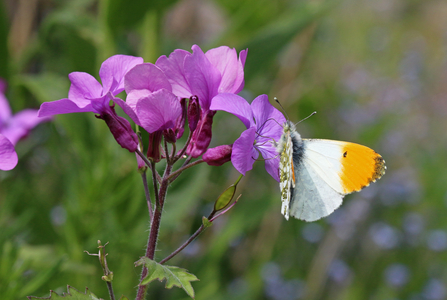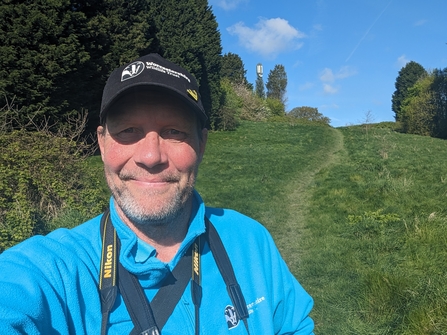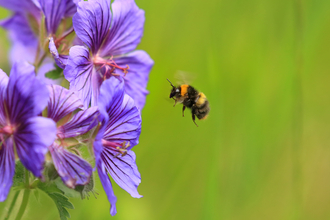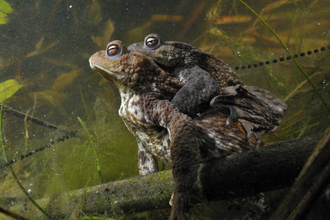My job for the Trust, chatting to visitors on our nature reserves, means that I get to visit some of the most special, beautiful and wildlife-rich habitats in the county. I love working on and walking through our reserves. Seeing, and being surrounded by, their rich flora and fauna is a delight. But there is a different type of thrill I get when it comes to seeking out and discovering the wildlife in my own neighbourhood. This is why I visit my local patch, just a few minutes from home, as often as I can.
Wherever I’ve lived I’ve always sought out a place nearby that I could walk to and devote most of my birdwatching to. Over the years my local patches have been country lanes and arable fields, a series of abandoned gravel pits, a derelict colliery site and, now, a former golf course, which I’ve been visiting for the last four years since moving to Worcester from South Yorkshire.
As time has moved on, my interests have expanded beyond purely birds, which I feel is inevitable when one spends so much time amongst such a wealth of wildlife. I remember my initial interest in butterflies was in part sparked by finding dingy skipper and brown argus on the old colliery heaps.






